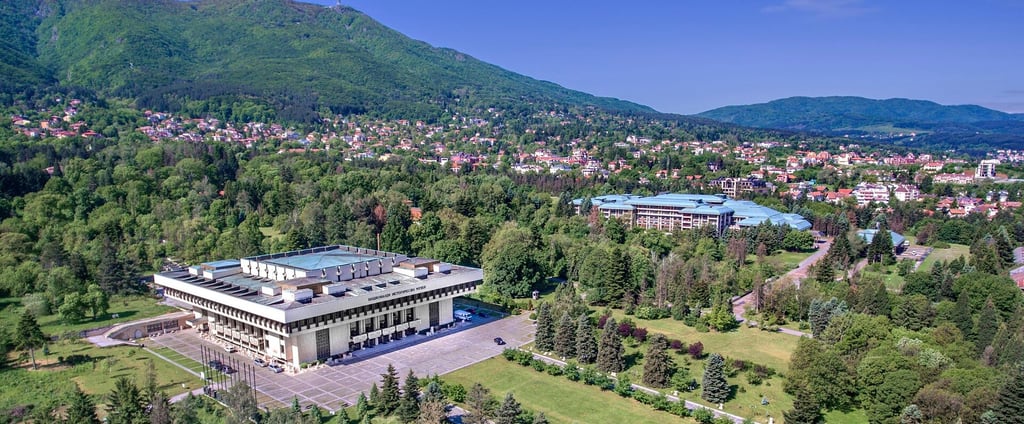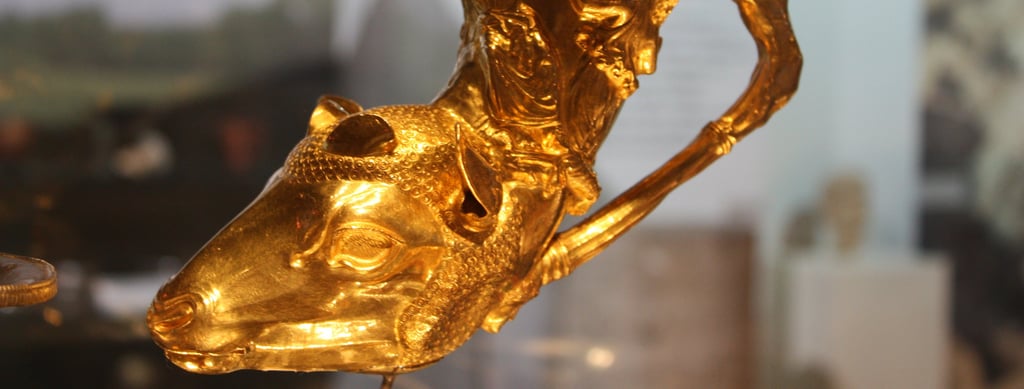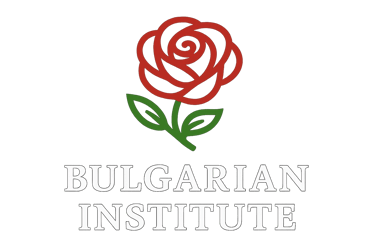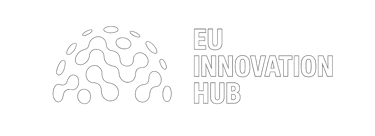National Historical Museum – Sofia
Experience millennia of culture, statehood, and heritage in Bulgaria’s largest museum, where every artifact speaks to the country’s evolving identity.
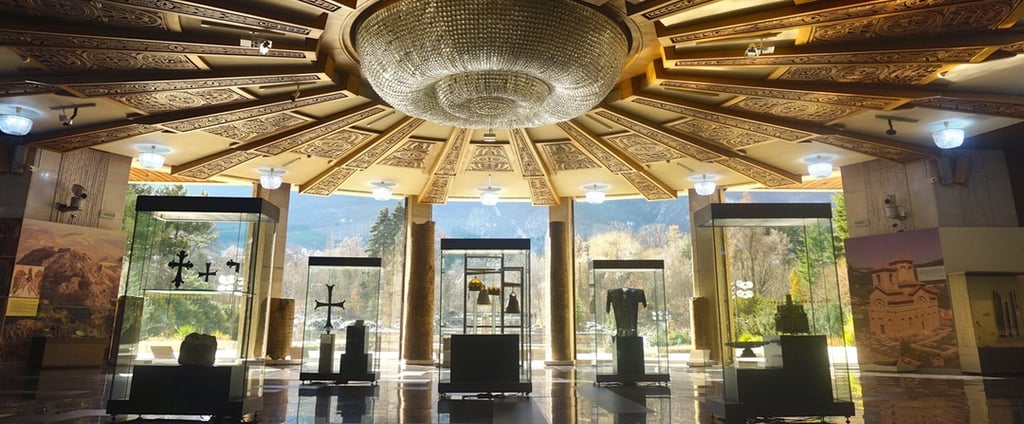

An Icon of National Memory and Identity
Nestled at the foot of the Vitosha Mountains on the outskirts of Sofia, the National Historical Museum stands as the country’s primary institution dedicated to preserving Bulgaria’s collective memory. Housed in the former residence of the communist era leader, this imposing historic villa was transformed in 1973 into a modern museum designed to chronicle the nation’s journey—from prehistoric times, through medieval empires, Ottoman rule, revolutionary struggle, and eventually modern democracy. The museum’s mission is singular and yet expansive: to hold Bulgaria’s past in its entirety, bridging cultural divides, ideological differences, and temporal distance, allowing visitors to explore narratives that continue to shape Bulgarian identity today.
Walking through the exterior gates, one immediately senses the museum's position as both a palimpsest of political narratives and a vessel for historical reflection. Where once political offices dictated ideological messaging, now enormous tour groups gather to witness golden treasures, military banners, and manuscripts that paint the face of a people who endured invasions, empire, revolution, and rebirth. The very walls seem to resonate with layers of memory—past kingdoms and socialist rule, Preslav ceramics and Communist times—unfolding through carefully curated galleries and revolving exhibits.
Origins and Evolution of the Museum
The National Historical Museum traces its roots to the mid-20th century consciousness rising after World War II, when cultural institutions were directed to reinforce narratives of identity, unity, and progress under a socialist government. The royal residence of Knyaz Ferdinand, later the home of Georgi Dimitrov, was seized as state property after 1946. In 1973, as part of the government's push to institutionalize historical memory, it was inaugurated as a museum housing collections from the Regional Museum of History in Sofia and other specialized repositories.
Collections grew rapidly, flooding in from archaeological finds—Thracian tombs, Roman fortresses, medieval churches, Ottoman-era buildings, and revolutionary archives. Over decades, numerous galleries were added, archives created, and external dependencies such as National Archeology Institute and the Folklore Revival Gallery in Etara were incorporated. In 2015, a modern distinction was made between core historical holdings and ethnographic ones, giving deeper focus to Bulgaria’s political, military, and social history traditions. Today the NHM stands with over 650,000 items, making it one of Eastern Europe’s five largest historical museums.
Practical Information for Visitors
The museum is located on 16 Vitoshko lale Street, Sofia, approximately 3 km south of the city center. Accessible via metro (Joliot-Curie station, red line), multiple trams (Line 10, 12), or buses (Lines 67, 66). Parking is available in the adjacent historical building lot.
Opening hours are Tuesday to Sunday, 10:00 AM to 6:00 PM, with extended evening openings on Thursday until 8 PM. The museum is closed on Monday and national holidays like March 3 and December 24–26. Ticket options include single-entry, combo tickets with the regional Bulgarian Revival Ethnographic Museum, and annual passes. Discounts are available for students, seniors, families, EU youth under 26, and group tours. Admission for children under seven is free.
The museum is wheelchair-accessible, with ramps and elevators connecting the main floors. Auditorium seating, cloakrooms, restrooms (including family restrooms), and a café offering Bulgarian-style pies, coffee, and traditional drinks are located on the ground floor. The gift shop offers replicas of medieval coins, Thracian jewelry, historical posters, postcards, scholarly publications, and embroidery kits.
Guided tours in English, German, Russian, French, and Spanish are available at scheduled times daily; specialized private tours—such as Bulgarian Revival Art, Christian Imagery, Revolutionary Cartography—can be booked. Audio guides are provided with multi-language commentary. Educational materials like children’s activity booklets, playlist excerpts for Ottoman, Bulgarian national, and folk music complement self‑guided visits.
To accommodate research scholars, the museum hosts a registration-only Textile Lab, where visitors may request to view fabrics under microscopes, watermarks on paper, or metal composition analysis on lead seals. A 54-seat auditorium hosts monthly public lectures on heritage law, Balkan history, and digital archiving.
Visit the official website here: https://www.historymuseum.org
Educational Role and Research Initiatives
Beyond exhibitions, the museum operates an active archive, library, and research program. Its library contains thousands of specialized volumes, from field diaries of early archaeologists to luxury monographs on royal equestrianism. Visitors and scholars can apply to access these resources by appointment, and staff-led programs support preservation of rural Orthodox church murals and lead gospels.
Demonstration labs show conservation in progress: the stabilization of a 13th-century wooden reliquary mid‑display, or the reshaping of a late antique ceramic amphora in slow 3-D layering. Children’s workshops encourage design a Thracian medallion or write faux runic inscriptions in Cyrillic style. Public lecture series run seminars on topics like the historical cartography of Philippines city, Ottoman–Bulgarian relations, or communist visual satire.
Twice a year, the museum hosts an experimental symposium in which performance artists reconstruct living history—through reenactments, dance, poetry readings from the Ottoman era—turning the building into a site of cultural debate, not simply collection.
The Museum as Mirror of National Transformation
What the National Historical Museum shares with national museums worldwide is its reflexive dimension: once a monument to state‑driven narratives, it is increasingly a contested space for dialogue and reinterpretation. For many Bulgarian families, the museum remains a site of patriotic memory and roots—in primary school it was once mandatory; today it is optional, yet still invoked during civic education. For critics, it is a site of ideological transformation; post‑1989, curators accepted that 40% of the exhibits were Soviet propaganda, 30% medieval monarchy, 20% Ottoman heritage, 10% heterosexual family snapshots. “Now we must ask: what do these represent not only for Bulgarians, but Balkan Europeans, EU member states, Slavic speakers, immigrant parents and refugees in Sofia?” This shift has become part of the museum’s mandate to nurture reconciliation through exploration.
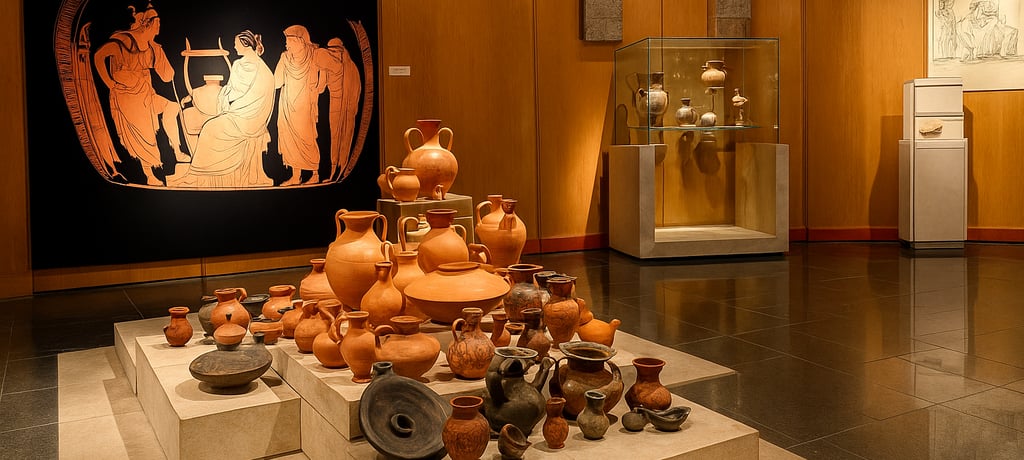

Expansive Galleries: A Chronology in Objects
The museum experience is one of immersion into shifting historical periods. From the arid coolness of Thracian gold treasures to the echoing flags of 19th-century liberation wars, each gallery is a stage where Bulgaria’s evolving self‑image is performed.
The prehistoric galleries contain painted vessels, flint tools, early ceremonial objects, and symbols of spiritual practice from Neolithic cultures. These are preludes to the majesty of Thracian art—bronze statues of warriors and sphinxes, ornate gold wreaths of kings, and coinage minted in rugged mountain workshops. Together, they tell the story of a civilization once overshadowed by Greek and Roman neighbors, now recovered through archaeology.
The Roman and Late Antiquity rooms include inscriptions from Philippopolis and Serdica, a pulpit from the 12 Apostles’ Church in Nesebar, and mosaic floors from archaeological sites in Plovdiv and Sozopol. The medieval halls contain Bulgarian Orthodox reliquaries, church treasures, painted icons, and royal regalia—crowns of the Asen dynasty, lead seals of Tsar Ivan Alexander, and a gilded belt buckle of Tsar Simeon. These symbolize both the international importance and creative autonomy of Bulgaria’s medieval empires.
Ottoman-era rooms feature elaborate calligraphy, mosque lamps, judicial seals, agricultural tools, and personal documents tracing daily life under imperial control. But they also contain the spark of revival: items brought by national revival-style merchants who funded schools, libraries, and the revolutionary petty society that birthed national liberation.
The fourth and fifth floors evidence the revolutionary period: drums and rifles used by the Botev detachments, flags of the April Uprising of 1876, the iconic rose‑pink dress of revolutionary hero Vela Peeva, and the personal belongings of Stefan Stambolov. In a grand saloon, King Ferdinand’s uniform stands nearby the official crown of Tsar Boris III—remnants of Bulgaria’s short-lived monarchy.
The final rooms chronicle the socialist period: Communist-era propaganda posters, agricultural collectives’ gifts, medals of national labor, and manifestos praising collective farms. These are followed by recent democratic politics—party badges, blue EU accession banners, journalist notebooks, and even protest graffiti from the early 1990s.
Reinterpreting History Through Exhibition Design
The National Historical Museum uses evolving museographic techniques to mediate ideological change. In early decades, Soviet-style statues and didactic text emphasized class struggle and revolutionary heroes. However, after 1989, curators recontextualized such artifacts to explore political propaganda as historical phenomenon, adding nuance to the Socialist exhibit. More recent installations present digital touch‑screens, interactive timelines, and VR projections offering 3-D reconstructions of Serdica Basilica or reconstructed camp sites of 1870s revolutionaries.
The Thracian Gold Gallery is arranged like a cathedral of light: the golden wreaths glow on velvet plinths, their reflected halos rising up like floating myths. In the Royal Bulgarian Gallery, ornate patterned walls evoke Bulgarian Renaissance houses, the banners and regalia almost theatrical in their arrangement. In the April Uprising Room, soldiers’ rifles stand as silent figures in a dim courtroom‑like space, the whitening walls echoing with recorded spoken reflections of descendants recalling their ancestors’ voices.
Exhibits now place overlays of interpretive commentary in multiple languages, helping foreign tourists see beyond national narratives to universal themes—imperial encounter, religious identity, cultural resilience, and state formation. Project galleries themed around “Migration,” “Migration,” “Trade and Contact,” or “Propaganda and Media” rotate artifacts to create dialogue between periods.
